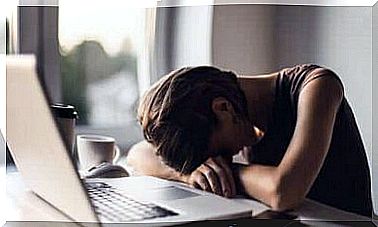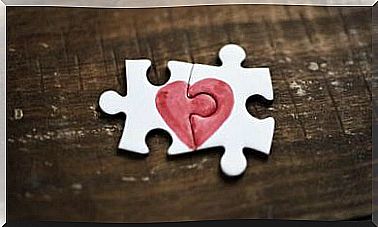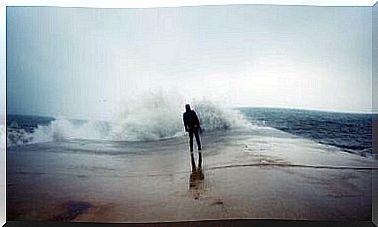What Is Hodophobia? Meet The Fear Of Traveling
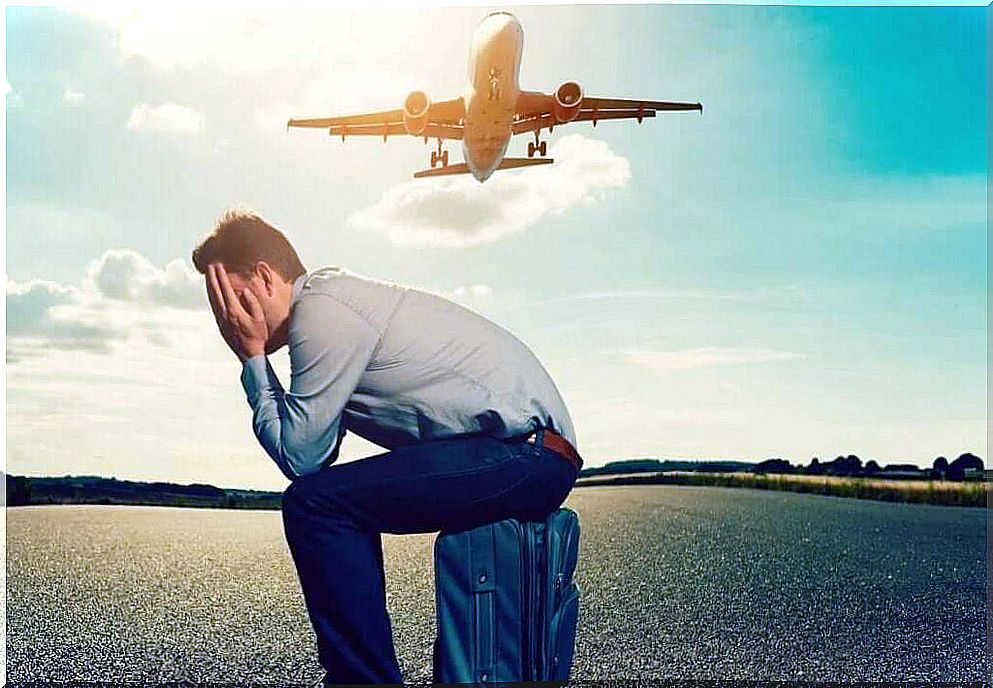
Anxiety about being away from your home, your city and everything you know. Afraid of the idea that something might happen to you while you’re away from home. Dizziness, sweating and tachycardia when boarding the train or plane … As impressive as it sounds, the hodofobia, or fear of traveling, is a disorder that affects the life of those who suffer.
It’s true that most people associate travel with enriching experiences and seek to travel whenever possible. Getting out of the rut and seeing new places can be a great way to de-stress. However, not everyone sees it in the same way. There are people who feel a real panic about leaving behind everything that gives them a sense of security. Despite this, it is sometimes necessary to travel, whether for work or family reasons, for example.
The anxiety experienced in these situations can be very limiting, after all, phobias are something strange for those who do not suffer from them (or do not understand them), but devastating for those who experience them in their daily life. Let’s go deeper.
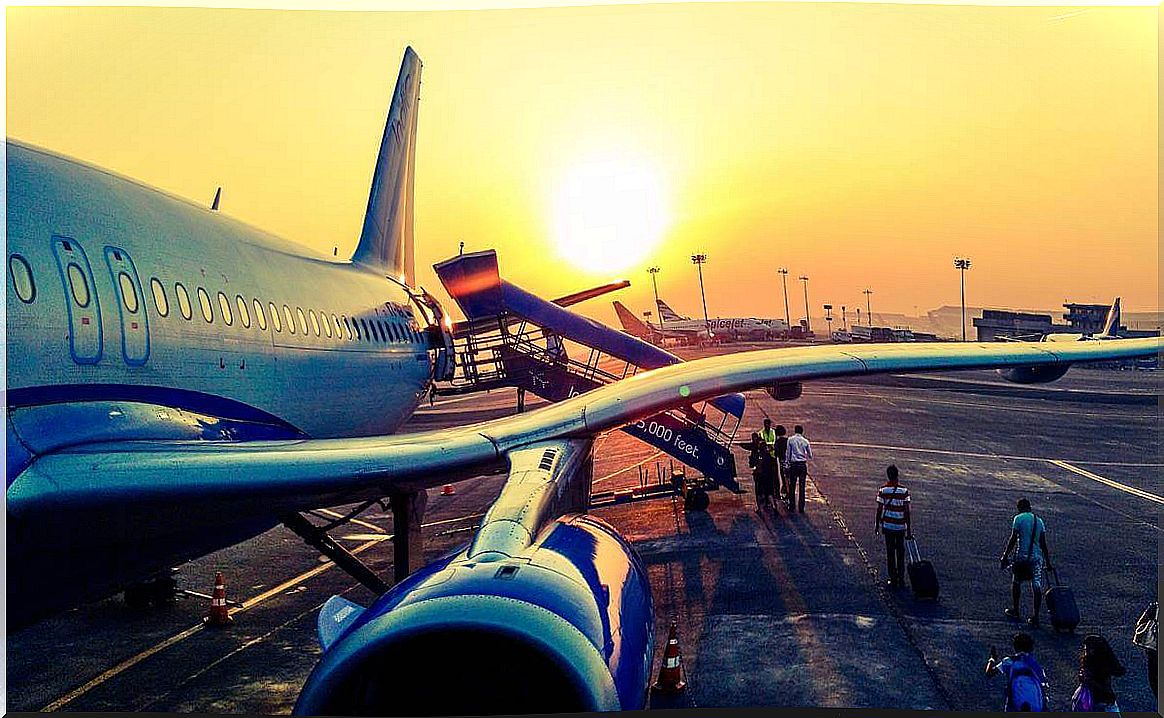
Hodophobia or fear of travel: definition, symptoms, causes and treatment strategies
Hodophobia, or the fear of traveling, has been around for a long time. Not everyone feels good about stepping out of their comfort zone. Taking certain modes of transport and reaching new and unfamiliar places that are beyond their control can make people feel alarmed, anxious and fearful.
It is a specific type of phobia classified in the DSM-5 ( Diagnostic and Statistical Manual of Mental Disorders ) . It is an irrational and paralyzing fear, capable of limiting the social, personal and professional aspects of a person’s life.
However, hodophobia affects people who suffer from it in different ways. Some people are afraid to take certain modes of transport, some may be anxious just at the thought of getting away from home, and others fear unfamiliar surroundings. Obviously, there are many people who have to deal with all these dimensions.
While it may seem a contradiction that there are people who don’t like to travel, there is one thing you should keep in mind: phobias affect one in 23 people. They are the most common psychiatric disorder, and you probably know someone who suffers from a debilitating phobia.
What are the symptoms?
As with all phobias, hodophobia manifests itself with very heterogeneous emotional, cognitive, and physical symptoms. See which are the most common.
Emotional signs
- Fear of taking any means of transport that takes you away from your home.
- Feeling that something bad is going to happen during the trip.
- Distress at the thought of leaving everything safe behind.
- Ashamed to tell others how you feel.
cognitive symptoms
- Difficulty organizing everything that travel involves. Your thoughts may overwhelm you when arriving at the airport or catching a train.
- You imagine thousands of different negative situations, such as accidents, getting lost, being robbed, not finding the hotel, etc.
- Difficulty thinking about other things in the days or weeks before the trip.
- Confusion and mental block.
physical symptoms
- Dizziness.
- Stomach pain or intestinal changes.
- vomiting
- Tachycardia.
- Excessive sweating.
- Panic attacks.
What are the causes of hodophobia?
Knowing the exact cause behind a phobia is always difficult. Studies such as the one carried out by the Institute of Neurosciences in La Timone, France, indicate that these conditions tend to present themselves in two ways:
- Phobias can originate from trauma. For example, hodophobia can be caused by a bad experience, such as being a victim or witness to a crime on a past trip.
- On the other hand, phobias can also arise without a specific or obvious cause, although they usually have genetic, familial, environmental or developmental factors.
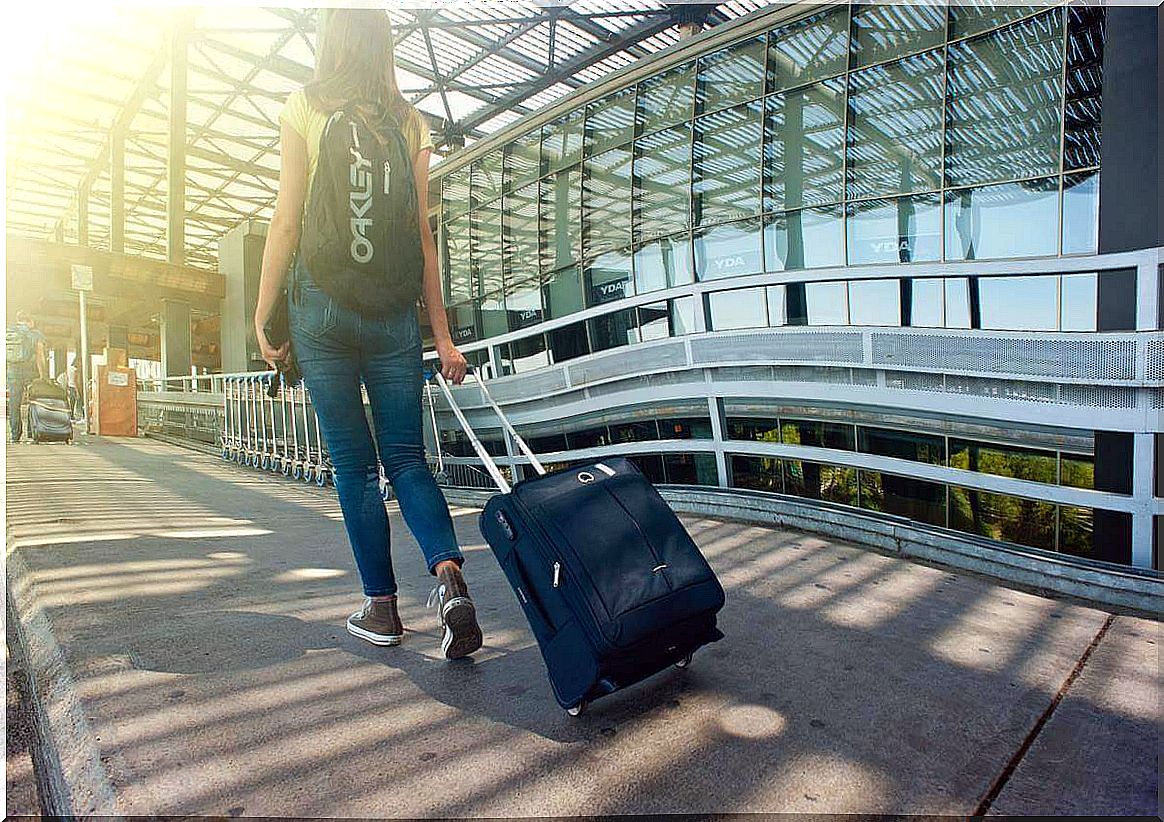
How to treat this type of phobia?
Hodophobia is often associated with other phobias, such as fear of flying. In more extreme cases, it can even be related to agoraphobia. However, it is most commonly associated with Generalized Anxiety Disorder (GAD).
People who suffer from GAD often find themselves in complex situations that they find difficult to deal with. Therefore, it is very important to get an accurate diagnosis. With regard to treatment, it is appropriate to use several approaches simultaneously. Psychotropic medications, such as anxiolytics, may be useful, and psychological therapy is beneficial in all cases, in particular the following strategies:
- Progressive exposure to anything that triggers the phobia. Exposure therapy consists of subjecting the person to situations that generate anxiety, in order to help them manage their thoughts and emotions. This technique is most effective when it is part of cognitive-behavioral therapy.
- Cognitive restructuring, which aims to combat the debilitating thoughts and ideas these people may have.
- Relaxation and breathing techniques.
In conclusion, it is important not to underestimate fears, especially when they begin to limit your life. Every phobia is the result of an anxiety disorder that must be treated; otherwise, your ability to function normally will be affected.



